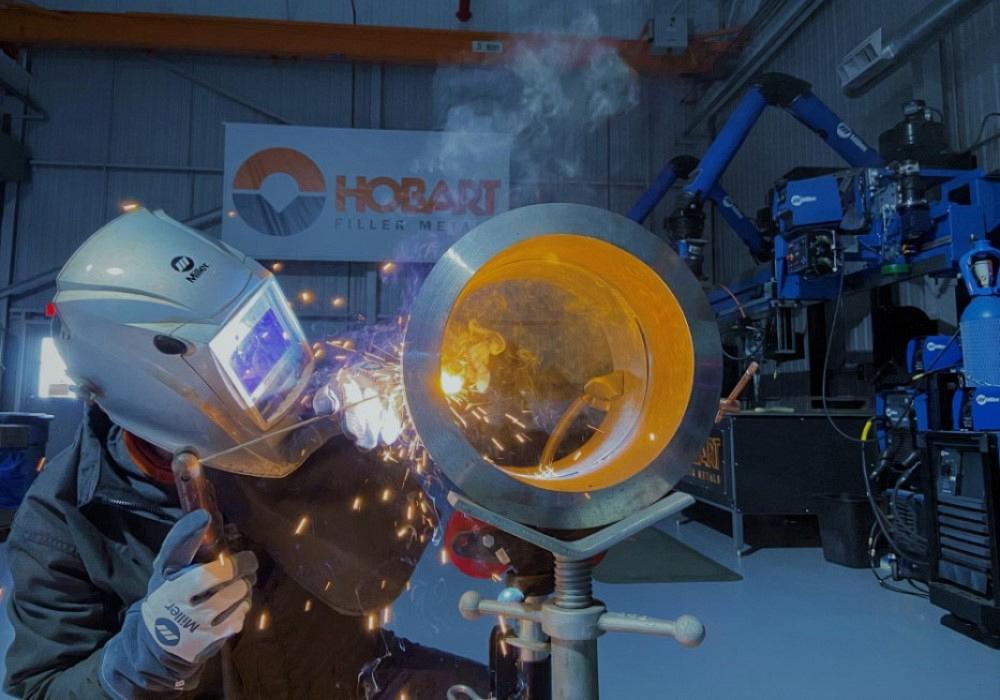Effective Ways to Prevent Weld Undercut in Your Welding Projects
Comprehending the Causes and Solutions for Undercut Welding in Metal Manufacture Processes
In the world of metal manufacture processes, the occurrence of undercut welding positions a considerable challenge that demands a detailed understanding of its reasons and sensible remedies. The detailed interaction of numerous aspects throughout welding procedures can result in this unfavorable phenomenon, impacting the structural honesty and total high quality of the bonded joints - Preventing weld undercut. By exploring the source of undercut welding and discovering reliable restorative procedures, fabricators can elevate the criterion of their handiwork and make sure the production of flawless steel elements
Common Sources Of Undercut Welding
Frequently neglected in metal construction, undercut welding takes place due to numerous factors that demand careful focus and proficiency to be efficiently alleviated. In addition, inappropriate welding strategies, such as making use of the incorrect welding angle or take a trip speed, can likewise contribute to undercut formation. The option of welding specifications, such as voltage, present, and cable feed speed, plays a considerable function in the incident of undercut welding.
Effect of Incorrect Welding Parameters
Incorrect welding specifications can substantially jeopardize the stability and quality of welded joints in metal manufacture procedures. The influence of inaccurate welding specifications materializes in various ways, leading to architectural weak points and flaws in the welded components. One crucial aspect influenced by inappropriate welding specifications is the penetration depth of the weld. Not enough warm input because of low welding currents or exceedingly high traveling speeds can result in poor combination between the base steels, bring about incomplete joint penetration and damaged bonds. On the other hand, extreme heat input created by high welding currents or sluggish travel rates can result in too much and burn-through reinforcement, creating a weak and unsteady weld framework. Furthermore, incorrect criteria such as incorrect voltage settings or inaccurate electrode angles can add to irregular weld bead accounts, lack of blend, and enhanced opportunities of problems like undercutting. Thorough attention to welding specifications is paramount to make sure the manufacturing of premium welds with the wanted mechanical residential or commercial properties and architectural integrity.
Impact of Improper Lantern Angle
Incorrect torch angle in welding operations can significantly influence the top quality and honesty of the last weld joints in metal fabrication procedures. Damaging is a typical welding problem where a groove forms along the weld toe, weakening the joint and endangering its architectural stability.
A lantern angle that is as well steep can lead to insufficient infiltration, insufficient combination, and increased spatter. On the various other hand, a lantern angle that is as well shallow can cause too much penetration, burn-through, and distortion of the base material. Preventing weld undercut. Correct lantern angle is vital for guaranteeing consistent weld top quality, toughness, and appearance
To stop damaging and various other problems created by incorrect torch angles, welders have to be check out this site educated to maintain the proper lantern angle throughout the welding process. Normal tracking and adjustment of lantern angles during welding can aid accomplish audio welds with very little defects.
Duty of Inadequate Welding Techniques
Another aspect of inadequate welding techniques is improper weld prep work. Poor cleansing of the base steels, inaccurate joint style, or inadequate edge preparation can all contribute to undercut welding. Insufficient protecting gas coverage or using the incorrect kind of gas can result in incomplete fusion and the basics development of undercut issues.
To attend to the function of insufficient welding techniques in steel construction processes, it is necessary to provide thorough training for welders. Correct education on welding parameters, joint prep work, and protecting gas selection can aid stop undercut welding and guarantee high-quality welds in steel construction projects.
Efficient Solutions for Undercut Welding
Dealing with undercut welding in steel construction requires carrying out effective remedies to improve weld quality and architectural integrity. Among the primary options to fight undercut is to readjust welding parameters such as voltage, existing, and travel rate to guarantee correct heat input and blend. By fine-tuning these settings, welders can stop excessive melting of the base metal and filler product, decreasing the chance of undercut formation.
In addition, proper joint preparation is critical in stopping undercut. Making certain clean base steel surface areas devoid of impurities and using the suitable bevel angle can aid promote much better weld infiltration and lower the risk of undercut - Preventing weld undercut. Utilizing ideal welding techniques, such as weaving or oscillating the torch, can additionally aid in distributing warm equally and filling the weld joint helpful hints sufficiently, decreasing the opportunity of undercut defects
Additionally, choosing the proper welding consumables, consisting of electrodes and filler metals, is vital in alleviating undercut. Making use of products with appropriate chemical compositions and mechanical residential properties can add to attaining audio welds with minimal undercut. Regular inspection and quality control steps ought to likewise be carried out to find and resolve undercut concerns without delay, making certain the total honesty of made steel parts.

Final Thought
Finally, comprehending the causes and services for undercut welding in metal fabrication processes is crucial for attaining high-grade welds. By resolving usual reasons such as inaccurate welding parameters, improper lantern angle, and insufficient welding methods, welders can avoid damaging and make certain solid, resilient welds. It is vital to pay attention to these factors and apply efficient services to improve the total welding process and final item high quality.
